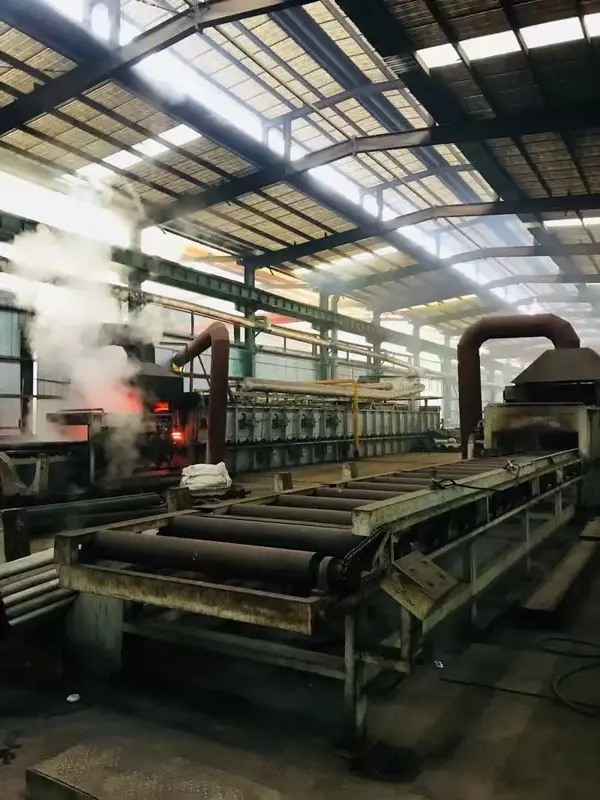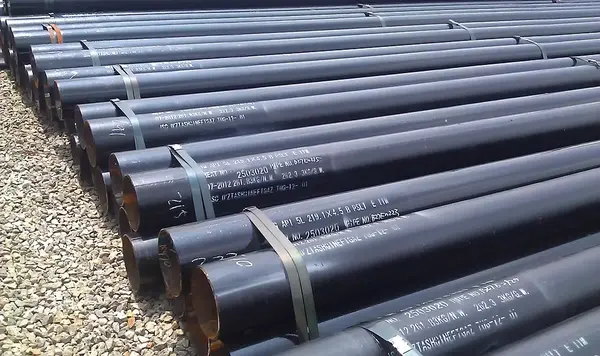
High-precision steel pipes In the conventional quenching method, the cold wind speed is not as fast as oil cooling, and is also lower than the isothermal and graded quenching molten salt. Therefore, increasing the pressure in the refrigerating chamber, increasing the flow rate, and applying the molar mass ratio of nitrogen to argon gas and hydrogen are common developments in vacuum absorption technology today. The vacuum carbonization temperature is generally higher than that of conventional gas carbonization. Usually, the penetration and diffusion of 920~1040 °C can be shown in two stages. It can also be used for pulse ventilation, heat preservation and multi-phase dispersion dispersion. The effect is better due to high temperature, especially surface. The clean, active, and vacuum carbonized layer formation rate is faster than conventional gas, liquid, and rapid carbonization. This is a reinforcing material, especially the use of heat treatment to strengthen the material, which is a more important means. Second, the cold deformation enhancement contributes to the uniformity of the metal deformation, because the deformed portion of the precision steel tube is hardened, and the portion where the deformation or deformation is small continues to develop. Third, the cold deformation strength can improve the safety of the member during use, and when the member is overloaded, plastic deformation occurs, thereby preventing the member from suddenly breaking due to strength.

